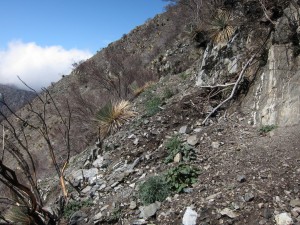
Station fire damage to Strawberry Peak trail
Strawberry Peak is one of the most loved areas in the Angeles National Forest. It suffered devastating damage during the El Niño storms following the Station Fire. After the fire the trail was impassable and has remained closed to all users, even as much of the surrounding burn areas have opened up.
The Strawberry Peak and Colby Canyon trails together comprise the classic Strawberry Peak Loop. CORBA and the Boy Scouts have worked to restore the Gabrielino trail, the third leg of the classic loop, over several trailwork days since the Station Fire. It is open and in good shape.
During our initial surveys of Strawberry Peak trail, it became clear that one particularly problematic section of the trail could benefit from a complete re-route. This section, where the Strawberry Peak trail leaves the old Barley Flats fire road, is a fall-line rocky chute that was difficult to ride even before the fire. After the fire, it became a 4′ deep rocky rut for most of its length. Trail users (who should not be in the closed area) have been steadily widening this section of trail as they go around the ruts and rocks.
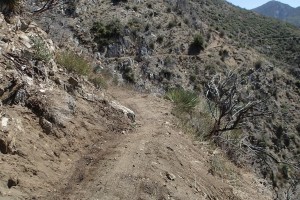
Restored Strawberry Peak trail
CORBA planned the re-route during our IMBA Trail Care Crew visit in 2012. About 30 class attendees and volunteers worked on the trail and learned how to flag out and prepare a new trail route. The re-route plans were submitted to the Forest Service for environmental review. The review process took about six months. We were required to power wash tools, among other things, to avoid spread of invasives. (CORBA’s tools are used in many different jurisdictions in Southern California).
In late 2012, CORBA received an REI grant of $10,000 for the restoration of the Strawberry Peak loop. We purchased some new tools, and fed volunteers on our trailwork days, and sought professional help. The National Forest Foundation funded the Los Angeles Conservation Corps for this and several other Station Fire damaged trails. Together, we solicited the services of Bellfree Contractors, a professional trailbuilding company, to restore many of the larger slide areas, burned sutter walls and downed trees. CORBA also paid over $2500 of our discretionary funds for professional trailbuilding services. We coordinated with the Sierra Club volunteer trail crew who also worked on the Strawberry Peak and Colby Canyon trails.
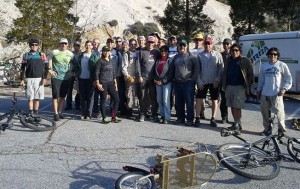
Volunteers, February 16, 2014
On February 16, CORBA had 22 volunteers come out for trailwork. We rode or hiked in the 3 miles to the Strawberry-Lawlor saddle, and worked on the trail as far down as Strawberry Springs. Those who rode or hiked in were very happy to be back on the closed trail. We accomplished a lot, clearing about .6 miles of trail, building three rock retaining walls at drainages, cutting and widening the trail bench, and removing slough.
The LACC and Bellfree Contractors had cleared and restored much of the Colby Canyon trail from Josephine Saddle to the Strawberry Potrero. After their work, it was in better shape than before the fire.
On March 16 we returned with about 17 CORBA and MWBA volunteers. We rode in 2.5 with Bob trailers about 2.5 miles, and restored the trail all the way to Strawberry-Lawlor saddle. With the re-route completed, the ride in was much better. There was poodle dog to remove, and slough from the one big winter storm of 2014.
We will return to the trail during May, date TBD. There is still work to be done, including the repair of composite retaining walls, brushing and the ongoing need for routine maintenance.
With CORBA, Mount Wilson Bicycling Association, Sierra Club, Los Angeles Conservation Corps, National Forest Foundation and a professional contractor working together, the Strawberry Peak loop restoration has been progressing nicely.

Riding in to trailwork with Bob trailers
The Station Fire Closure order is in effect until May 24, 2014. The Forest Service is assessing the burn area and the trails to determine whether to renew the closure order, modify it, or let it expire. The section of the Strawberry Peak trail north to Upper Big Tujunga Canyon needs a substantial re-route, planning for which has begun. Even if the Forest Service lifts the closure, we expect the Strawberry Peak trail from the junction with Colby Canyon trail north to Upper Big Tujunga to remain closed, or be subject to a seasonal or temporary closure. Because of the need for a re-route, this section of the trail has not yet been worked on.
CORBA would like to thank all the volunteers who came out to our trailwork days; to REI for their generous grant that made the restoration and professional help possible; to the Sierra Club, National Forest Foundation and Los Angeles Conservation Corps for their efforts, and to Bellfree Contractors for their professional assistance.



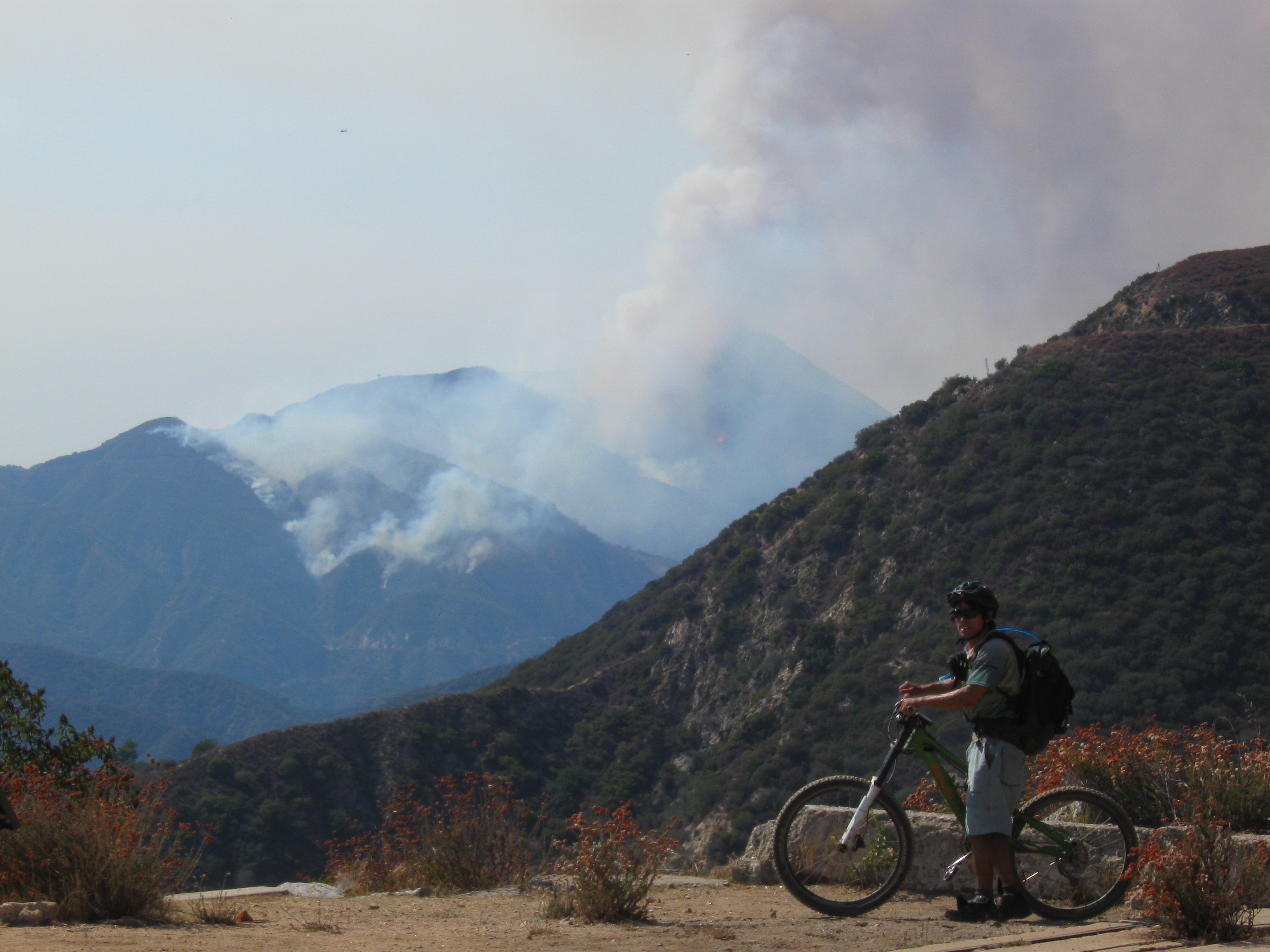
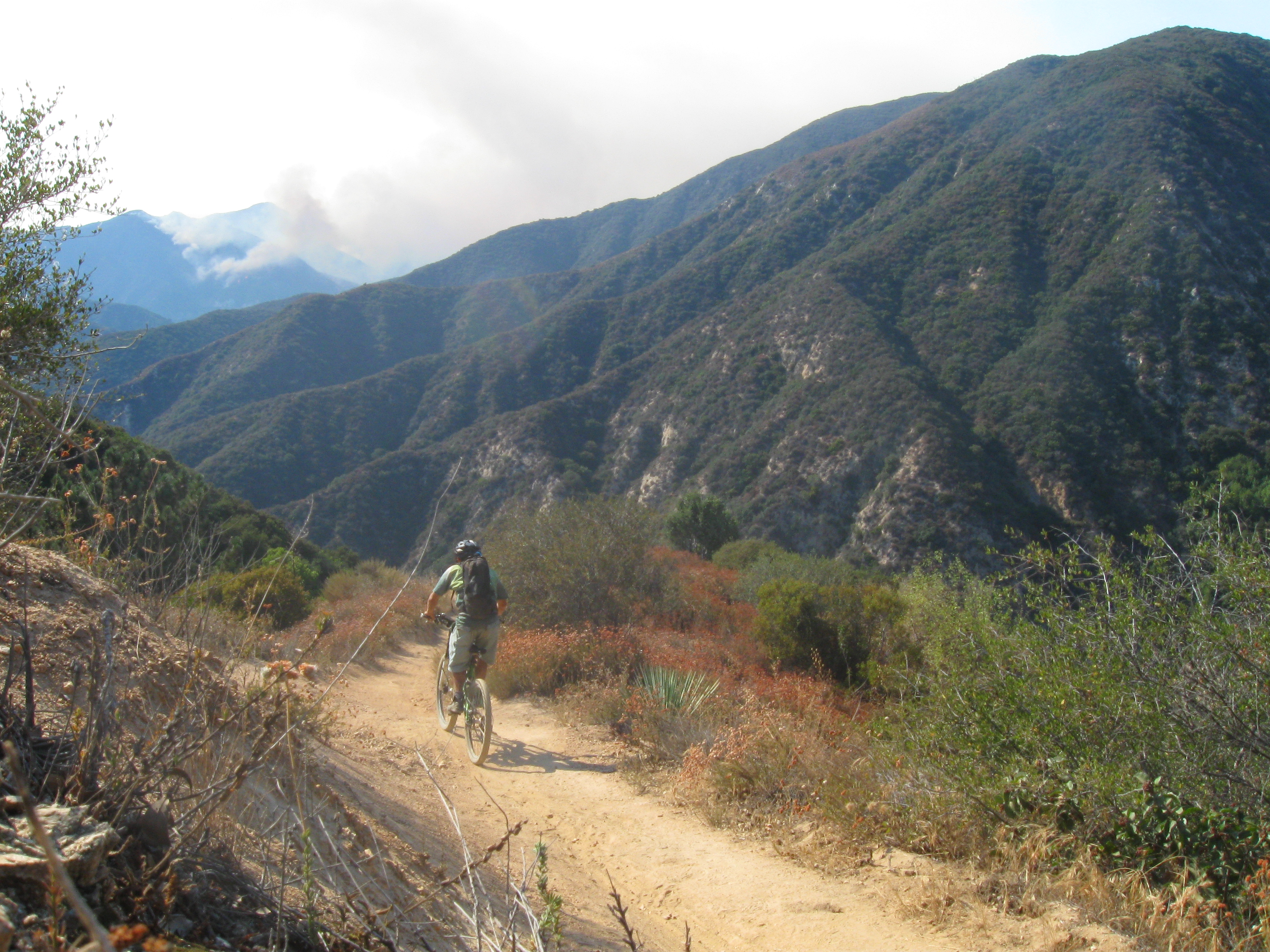
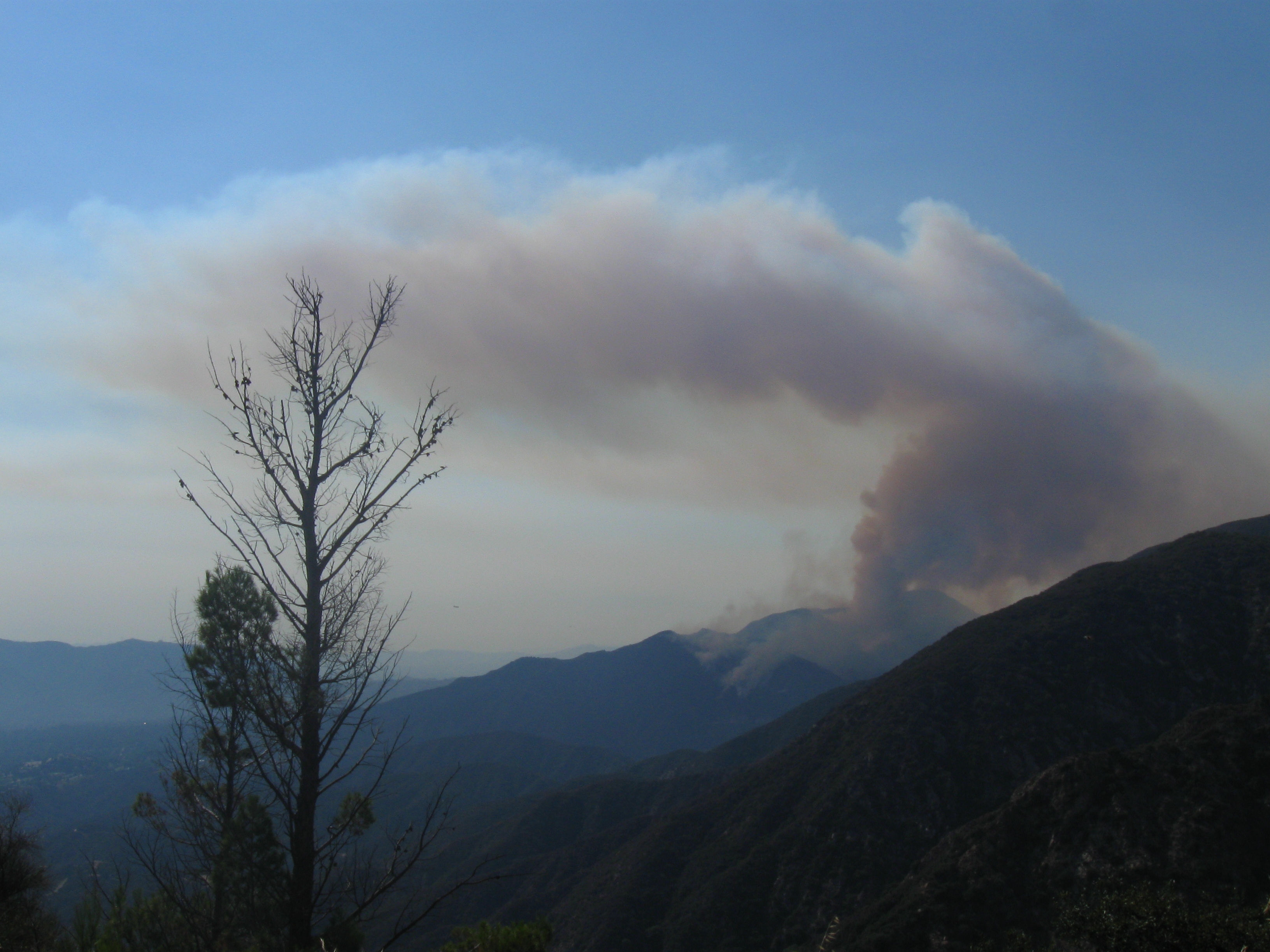
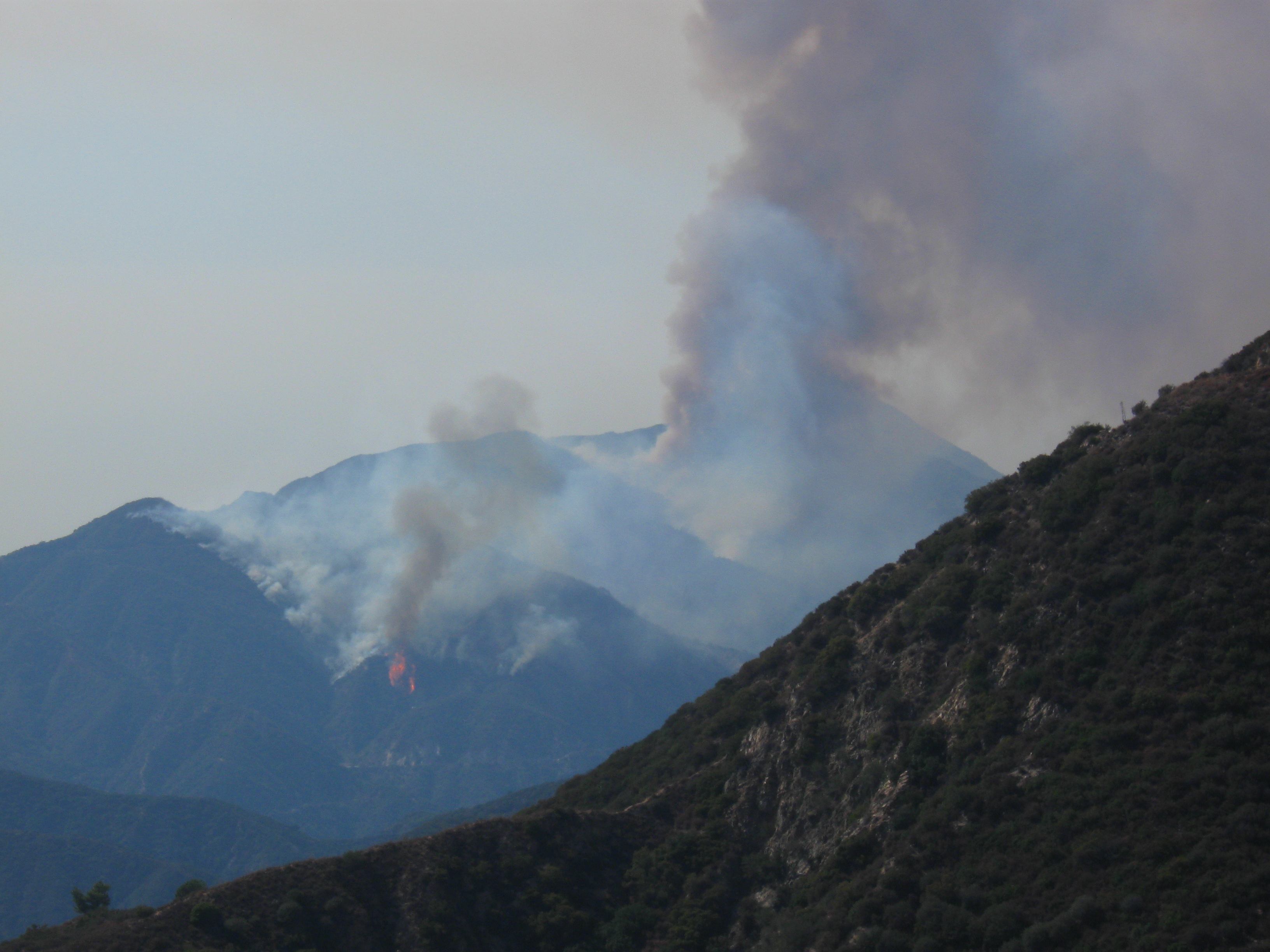
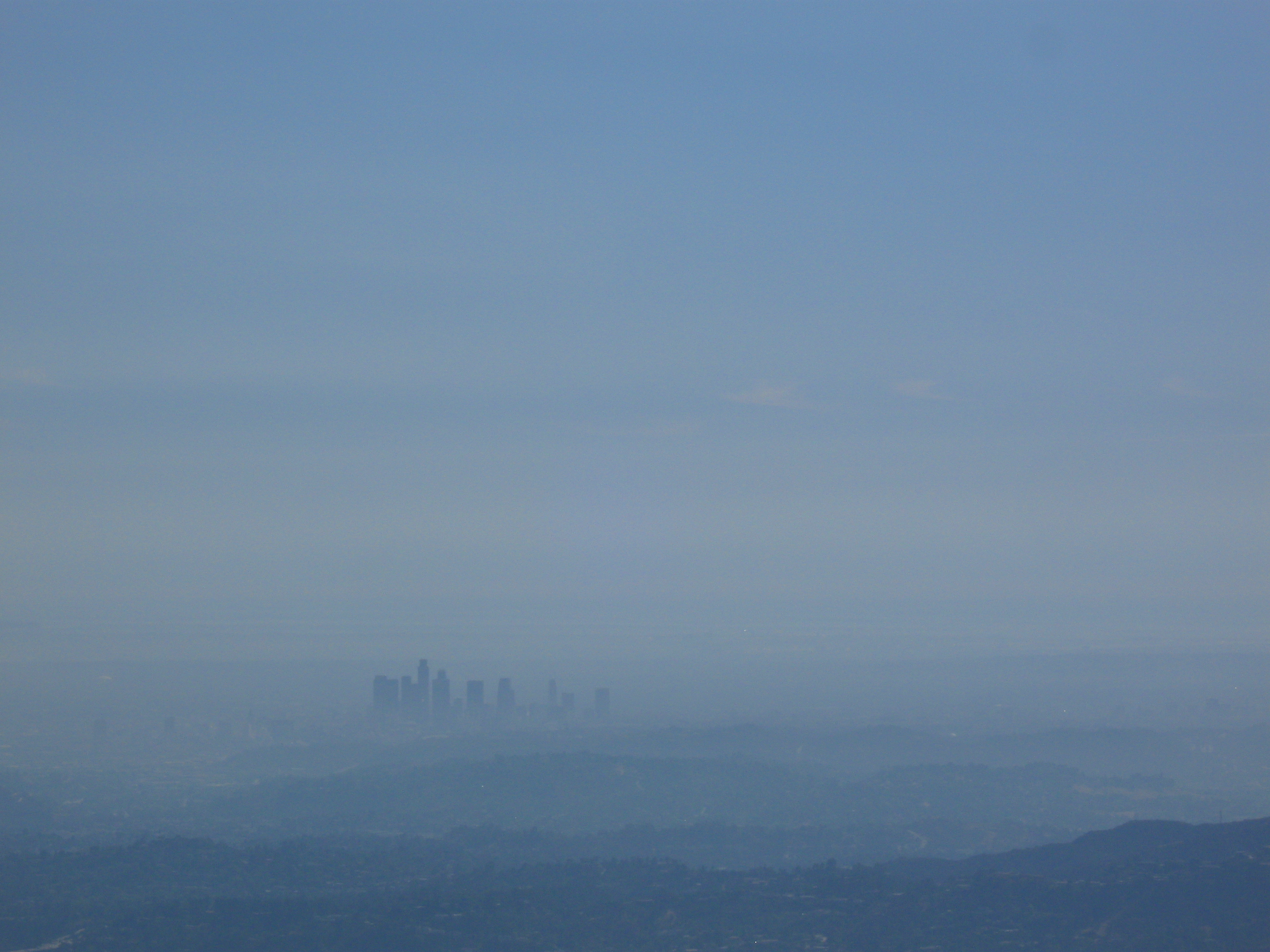
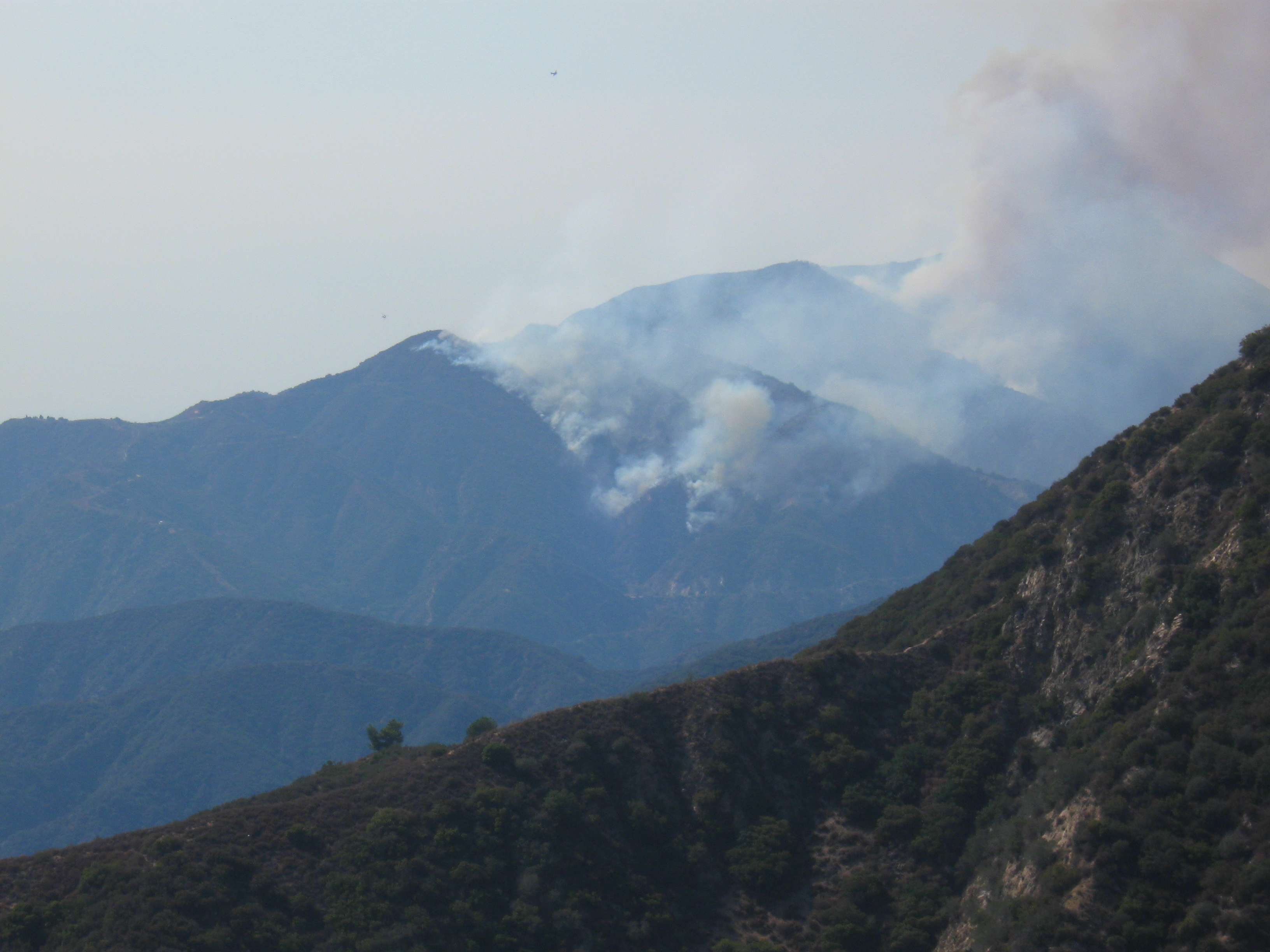
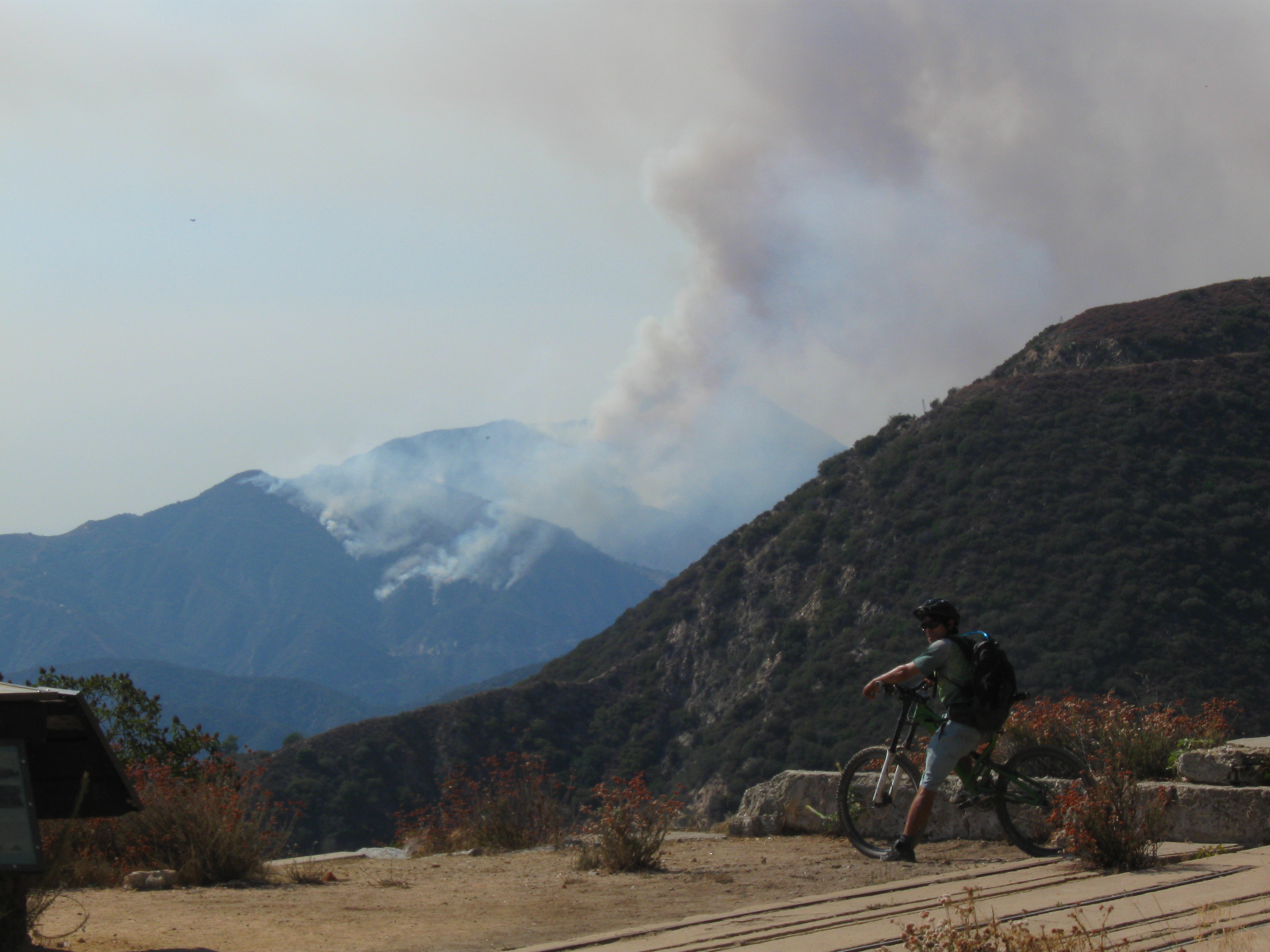


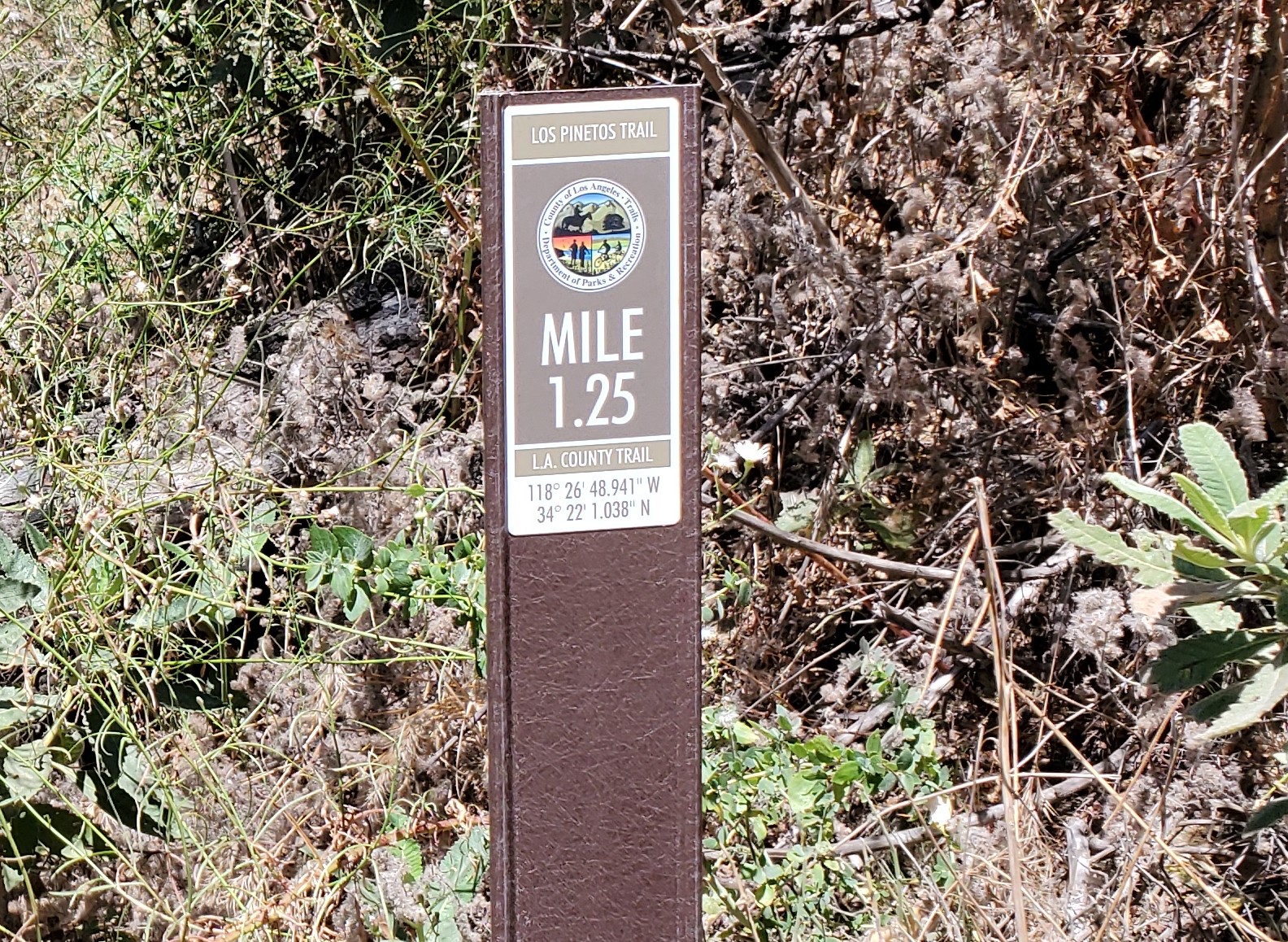
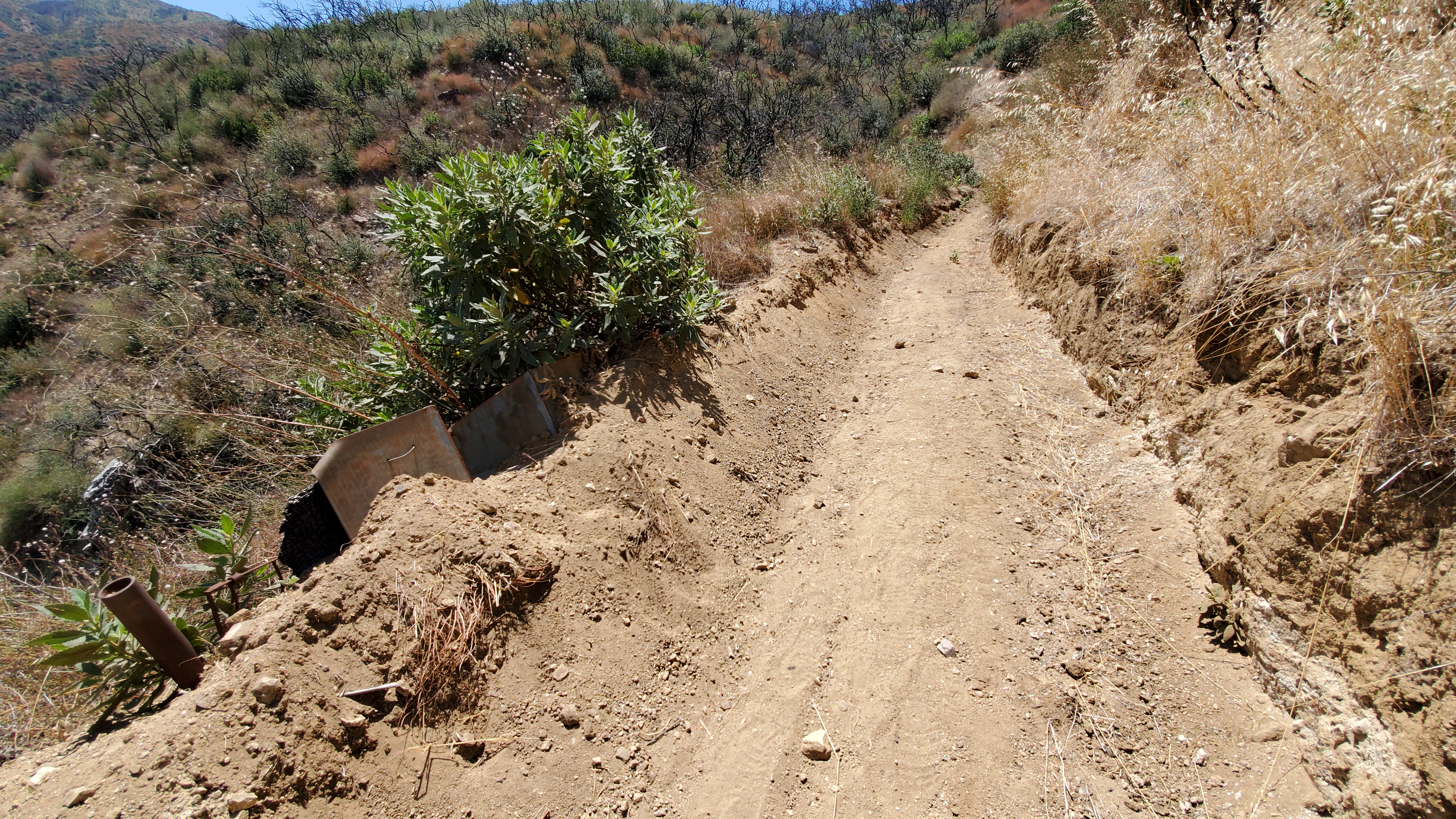



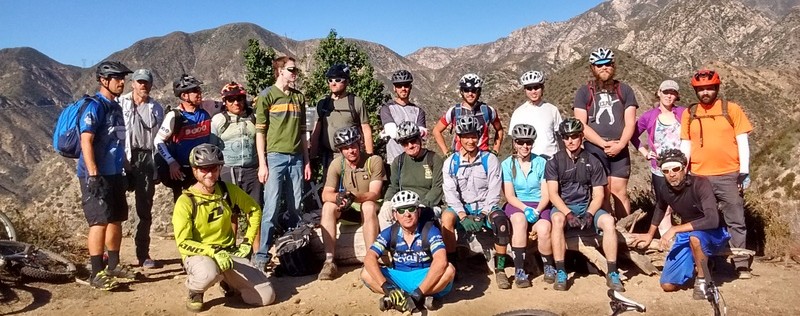
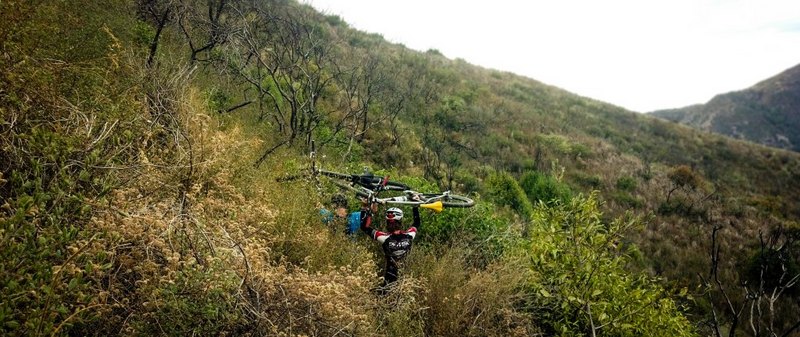

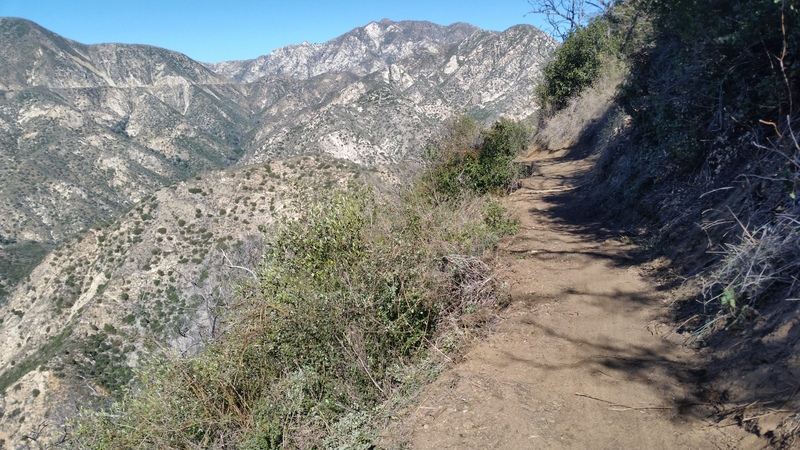
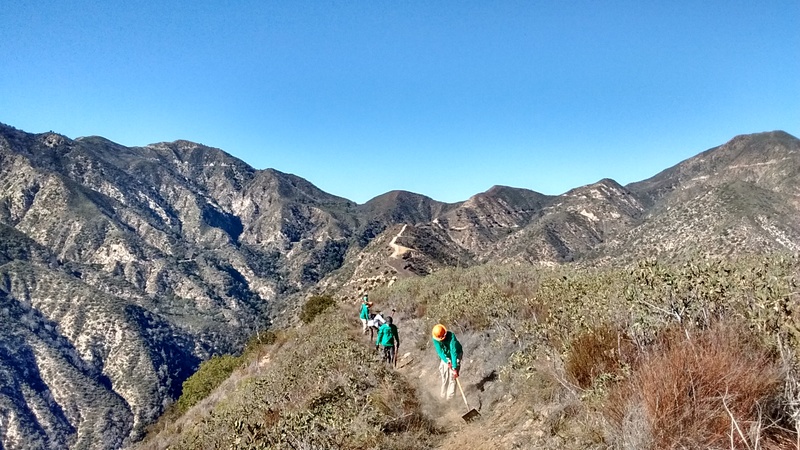
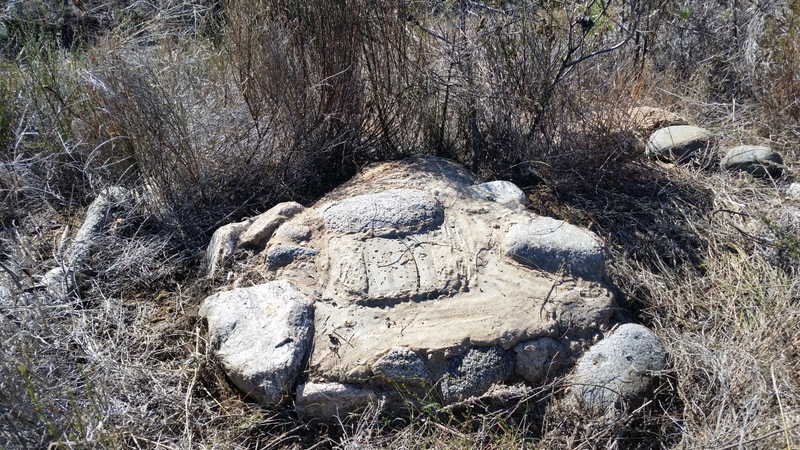
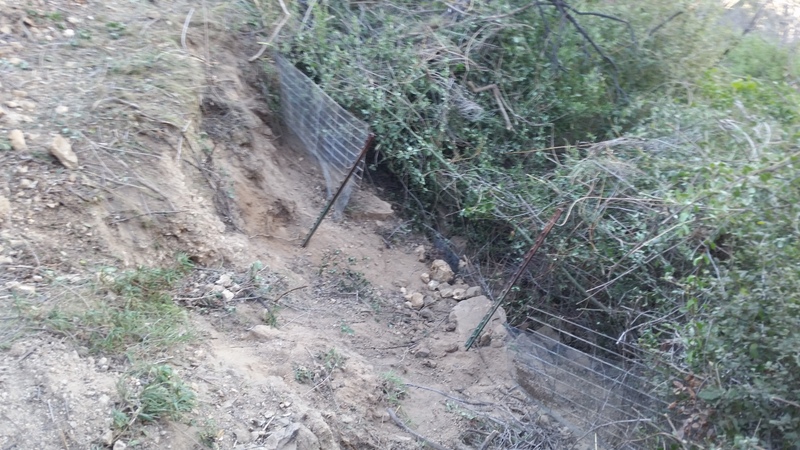







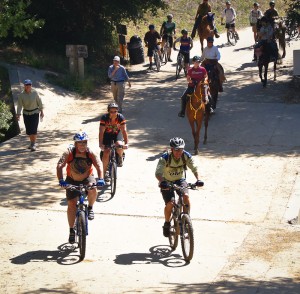

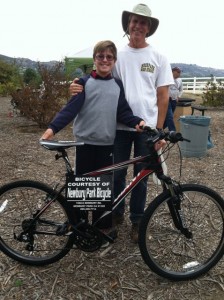
 CORBA’s trail crew was recently awarded a grant from
CORBA’s trail crew was recently awarded a grant from 

